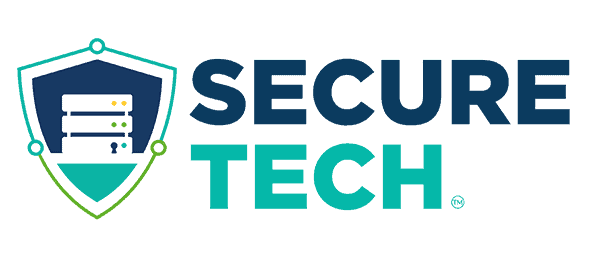Benefits of Outsourced IT. Performance, innovation, and security are three areas of focus for companies that seek to gain a competitive edge. As organizations rely more than ever on their IT infrastructure, implementing and managing the right IT solutions are crucial aspects of achieving those three goals. The capability of implementing and maintaining an IT infrastructure that creates a competitive edge, however, often falls outside the scope of an in-house IT team, and makes a strong case for outsourced IT.
👇 Download our free e-book to learn about the 8 Benefits of Outsourced IT! 👇
What is an IT Managed Services Provider and Why Do I Need one for Outsourced IT?
An IT managed service provider, or MSP, is a vendor that delivers a service as a monthly subscription. Tasks such as monitoring the IT infrastructure, detecting and resolving issues, responding to help tickets, and rolling out new software or updates are performed by the vendor instead of by in-house IT employees.
Outsourced IT Benefits & Cost Considerations
According to a Statista study, 46% of companies that have outsourced IT did it to access skills not available in-house, and 36% cite cost as the main reason behind their decision. In this context, choosing a reliable hosting provider is crucial. ElderNode’s reliable hosting services offer an effective solution for businesses seeking to enhance their IT capabilities without incurring high costs. Their expertise in hosting services aligns with the needs of companies looking to outsource IT functions for skill access and cost-effectiveness.
In-House IT
With an in-house IT team, IT experts are always present. They’re familiar with the IT infrastructure and then it’s possible to choose hires who fit your company’s culture well.
Cost, however, is often prohibitive for small to medium businesses, with the average network administrator salary of around $60,000 a year. In the San Antonio area, the salary ranges from $46,000 to $95,000 a year, with an average of $66,000 a year for this position.
There are other costs to consider, including:
- Benefits for the in-house IT team.
- Training and certification costs that help IT employees stay up to date in a field that evolves rapidly.
- Cost to hire and time taken to fill the position.
- Additional costs linked to turnover since IT is the field with the highest turnover (13%).
- Situations that require the expertise of an outside consultant.
- The need for more than one employee, depending on the IT workload.
- The need to offer competitive pay to attract IT employees that have a solid background.
Outsourced IT
The cost of Outsourced IT is similar to the cost of paying the salary of an IT employee. The benefits include:
- Receive better support.
- Get started right away on new IT projects with no need for new hires or training.
- Work with an entire team of individuals who possess expertise in different fields.
- Reduce research, development, and implementation time.
- Access more IT resources in a cost-effective manner
- Lower risks linked to compliance and security.
Cost of Outsourced IT
MSPs charge a flat monthly rate with prices ranging from $99 to $250 a month per user or per device. The cost also varies a lot depending on the size of the IT infrastructure and its complexity.
The lower end of the spectrum might only include monitoring services, and additional fees are charged on an hourly basis when intervention or repairs are needed. Ultimately, opting for a mid to high range solution that covers monitoring, troubleshooting, implementing new solutions, and hosting will result in lower IT costs and more predictable spending. Our outsourced IT e-book, 8 Benefits of Outsourced IT that Save You Money and Provide Better Value, is a great place to start to compare the pros and cons of MPSs and in-house teams. Get the information you need to choose the best solution for your organization’s IT needs and budget.

